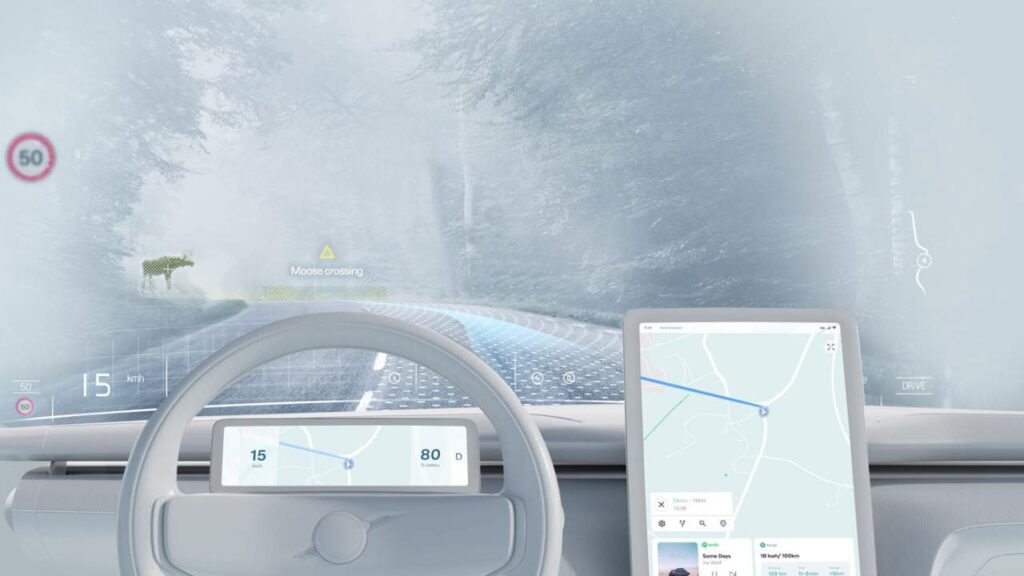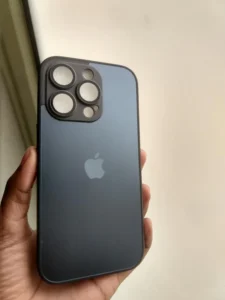Volvo wants to make the whole windshield a smart AR display

Volvo wants to make the whole windshield a smart AR display
Over the past few years, there have been significant encouragement in the automotive industry to prevent disturbances that force the driver to divert away from the road to operate their vehicle system. This drive has delivered a number of features in modern cars, such as sound control systems for infotainment and other car functions. The more common is the head-up display, that project information such as speed and other data in the windshield area that can be seen by the driver, without looking away from what is in front.
Volvo cars have a long history of debuting new safety technology for vehicles that often drip into other cars from time to time. The company has announced that it has been invested in optical imaging startup companies called spectralization. Volvo said the company was working on “promising technology” that the company admitted at the initial stage of development. However, new technologies can make vehicles much safer and help improve experience in cars for drivers.
Spectralization works on thin optical films that can be applied to the transparent surface of all shapes and sizes, such as windshields and windows in the car. This film is a thin multi-layer (MLTC) combiner that allows image overlay on windows or windshields. Basically, it turns the entire surface of the windshield into a transparent head-up display with a significantly more ability than the hud available in the current vehicle.
As the spectration explains it, when the MLTC is used on the windshield of the car, it creates an extra wide field of view for digital overlay, in a process that gives the driver’s flavor with virtual objects that are superimposed in the real world environment. This technology can include advanced filters for sensing in cabins, blind-proof front cameras, and digital holographic projections. Volvo only offers one image with an announcement invested in the spectrumization, although it is enough to make us excited about what has the potential to come to the future model if investment pays off.
This shows the windshield can highlight road signs, signs, and all potential obstacles on the road. Overlay, for example, highlights deer that has the potential on the path of the vehicle on the left side, and shows the speed and data of other vehicles at the bottom of the windshield. An anti-blind camera promise that seems to show the film will be able to retrieve information from the camera that can see in the dark or fog, and overlay their image on the windshield.
It’s easy to understand how this ability can benefit drivers, especially in very dark areas or in solid fog. Driving in the fog is one of the most dangerous conditions faced by visibility can be severely limited. Another big benefit of providing the image of the camera will be in a whitout situation during an intense snowstorm. For those who have never driven in very heavy snow, it is often impossible to see very far in front of the vehicle. Stop can be stranded in the mountains without help, not to mention it has the potential to end with another driver on the road.
Volvo investment made for Tech Cars Volvo funds. The Head of Dana, Lee MA, said the investment returns from the collaboration of successful companies with MobilityXLab and drive; MA said that funds believe specralics technology can set standards for the next generation and camera display. It’s a lot of technology, some important questions are not answered at this time.
One of the biggest is how expensive the technology is, and how easy it is – if at all – it can be transferred to another windshield during the replacement. That’s a burning question for those who live in cold countries, where the road tends to deteriorate quickly. Anyone who lives in cold weather conditions like Colorado, for example, knows that the actions of disbursement and freezing water seeping into cracks on the road tend to cause the highway to be damaged in relative shoes.






